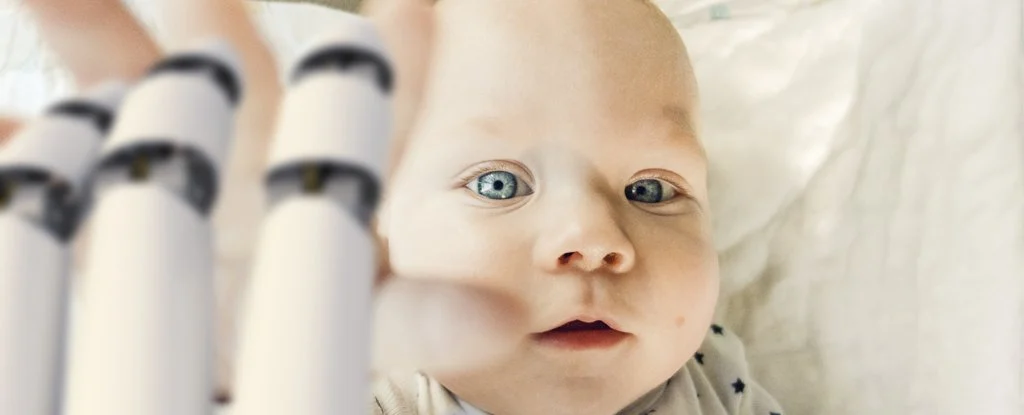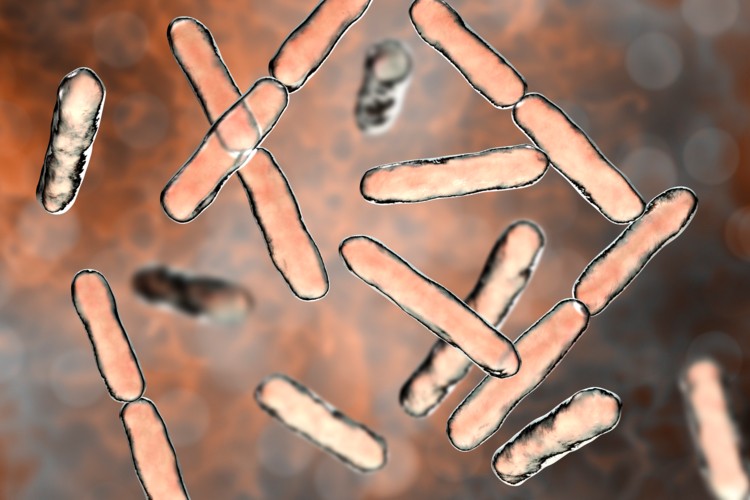Inspired by research on how infants learn, researchers have developed an AI that can learn simple physical rules about how objects behave and express surprise when they appear to break those rules. The results were published in Nature Human Behavior.
The field of artificial intelligence (AI) has made astonishing progress in recent years, mastering a growing range of tasks that now include board games like chess and go, scientific problems like protein folding and language modeling. However, something fundamental is still missing. Cutting-edge AI systems have even more particular difficulty capturing the “common sense” insights that guide prediction, inference, and action in everyday human scenarios.
In recent work, a team focused on a particular area of commonsense knowledge: intuitive physics. It is the network of concepts that underpins reasoning about the properties and interactions of macroscopic objects. Despite considerable efforts, recent advances in AI have indeed still not yet resulted in a system displaying a clear understanding of intuitive physics even comparable to that of very young children.
Basic physical concepts
There are three key concepts that we all understand from an early age. The first is permanence: objects do not suddenly disappear. When babies are shown a video of a ball suddenly disappearing, for example, children express surprise, which researchers measure by how long they look in a particular direction. The other two key concepts are solidity (solid objects cannot pass through each other) and continuity (objects move coherently through space and time).
These continuity rules seem quite simple to us, but as said above, they are not as intuitive for the AI. Luis Piloto and his team from the company DeepMind in London, owned by Google, therefore wanted to remedy this.
Promising results
Their AI, which is called PLATO (Physics Learning through Auto-encoding and Tracking Objects), is a neural network. Simply put, it is a type of software system that learns by spotting patterns in large amounts of data. The program was formed through a series of animated videos of simple objects such as cubes and balls designed to represent the same basic knowledge that babies have during their first months of life.
The dataset constructed by the researchers covered the three concepts mentioned above plus two others: immutability (the properties of the object, such as shape, do not change) and directional inertia (the objects move in a manner consistent with the principles of inertia). After training PLATO on these videos, the next step was to test it.
Result: when she saw videos of impossible scenarios, the AI expressed “surprise”. In other words, the program was advanced enough to recognize that a strange action that had just taken place had challenged the physics it had learned.
The researchers also performed tests this time involving different objects than those in the training data. Again, PLATO would have displayed a solid understanding of what should and shouldn’t happen.
The authors emphasize that PLATO is not intended as a model of infant behavior. However, it could be a first step towards an AI capable of testing hypotheses about how human babies learn. “We hope this can eventually be used by cognitive scientists to seriously model infant behavior,” says Luis Piloto.




